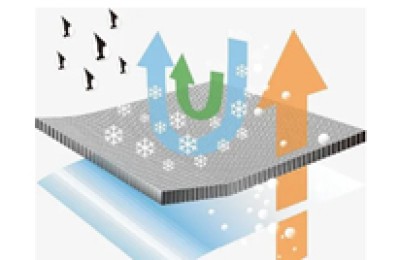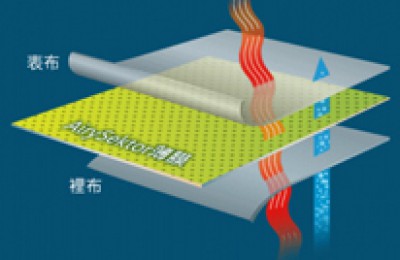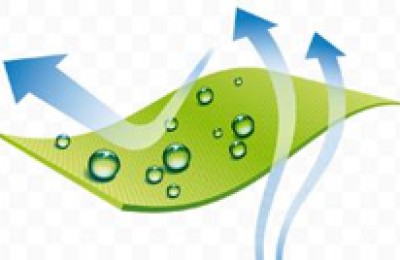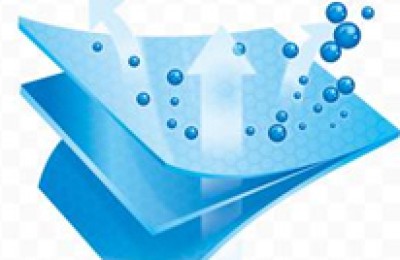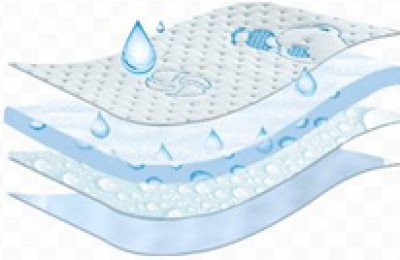What is textile color fastness?
Abstract: The dyeing fastness of fabrics, also called color fastness, refers to the ability of colored fabrics to resist various external effects without discoloration. In recent years, in the international fabric workwear trade, the requirements for dyeing fastness have increased. In addition to ensuring the quality of our products, we also constantly pay attention to their safety and environmental protection. The national standard requirements for dyeing fastness are water resistance; resistance to dry rubbing and resistance to wet rubbing. The dyeing fastness required by the EU Ecological Fabric Mark adds solar dyeing fastness to the national standard
The dyeing fastness of fabrics, also called color fastness, refers to the resistance of colored fabrics to the outside world The ability to perform various functions without discoloration. In recent years, in the international fabric workwear trade, in addition to ensuring the quality of the product, the requirements for dyeing fastness have also continued to pay attention to its safety and environmental protection. The national standard requirements for dyeing fastness are water resistance; resistance to dry rubbing and resistance to wet rubbing. The dye fastness required by the EU Ecological Fabric Mark adds to the national standard the dye fastness to sunlight and the dye fastness to perspiration.
Dyeing fastness testing process:
Washing and dyeing fastness: The sample and the standard backing fabric are sewn together, washed, washed and dried under appropriate temperature, alkalinity, bleaching and friction conditions. Cleaning enables test results to be obtained in a shorter time. The friction between them is accomplished through the tumbling and impact of a small liquor ratio and an appropriate number of stainless steel beads. Gray cards are used to grade and the test results are obtained. Different testing methods have different temperature, alkalinity, bleaching and friction conditions and sample sizes. The specific selection should be based on the testing standards and customer requirements. Generally, colors with poor wash fastness include emerald blue, brilliant blue, black red, navy blue, etc.
Dry cleaning dye fastness: The same as water washing dye fastness, except that water washing is changed to dry cleaning.
Friction dyeing fastness: Place the sample on the rubbing fastness meter, rub it with a standard rubbing white cloth under a certain pressure for a certain number of times, each group of samples needs to be Dry rubbing stain fastness and wet rubbing stain fastness. The color stained on the standard rubbing white cloth is rated with a gray card, and the grade obtained is the measured rubbing fastness. Rubbing dyeing fastness requires two tests, dry rubbing and wet rubbing, and all the colors on the sample must be rubbed.
Sun dyeing fastness: Fabrics are usually exposed to the thread during use, which can destroy the dye and cause the well-known “fading”, causing the colored fabrics to change color. It generally becomes lighter and darker, and some may also have complete color changes. Therefore, it is necessary to test the dyeing fastness. The sun dyeing fastness test is to compare the sample with blue wool standards of different fastness levels. The cloths are placed together under specified conditions for full sun exposure. The sample is compared with the blue wool cloth to evaluate the dyeing fastness. The higher the grade of the blue wool standard cloth, the more resistant it is to dyeing.
Perspiration dyeing fastness: Sew the sample and the standard lining fabric together, put them in the sweat solution, then clamp them on the perspiration dyeing fastness tester and place them on Keep the temperature in the oven at a constant temperature, then dry, and grade with a gray card to get the test results. Different testing methods have different sweat liquid ratios, different sample sizes, and different testing temperatures and times.
Water stain fastness: Test with water-treated samples as above.
Chlorine bleaching dyeing fastness: After washing the fabric in chlorine bleaching solution under certain conditions, the degree of color change is evaluated. This is the chlorine bleaching dyeing fastness.
Non-chlorine bleaching dyeing fastness: After the fabric is washed under non-chlorine bleaching cleaning conditions, the degree of color change is evaluated. This is the non-chlorine bleaching dyeing fastness.
Press dyeing fastness: After the dry sample is covered with cotton lining fabric, it is pressed for a certain period of time in a heating device with specified temperature and pressure, and then evaluated with a gray sample card Discoloration of the sample and staining of the backing fabric. Hot press dyeing fastness includes dry pressing, moisture pressing and wet pressing. The specific test method should be selected according to different customer requirements and testing standards.
Corresponding standard:
Washed
ISO 105 C06:
1994/Cor.2:2002(E): Tests on dye fastness of fabrics Part C06: Dye fastness to household and commercial laundering
BS EN ISO 105-C06:
1997: Tests for Dyefastness of Fabrics Part C06: Dyefastness to Resistance to Domestic and Commercial LaunderingDegree
Dry Cleaning
ISO105 D01:1993/BS EN
ISO105 D01:1995: Fabric products Dyeing fastness test Dry cleaning dyeing fastness
Water Resistant
ISO 105 E01:
1994/Cor.1:2002(E):Dyeing fastness test of fabrics Water-resistant dyeing fastness
GB/T 5713:1997: Dyeing fastness test of fabrics Water-resistant dyeing fastness
Seawater resistant
ISO 105 E02:
1994/Cor.1:2002(E):Fabric products Dyeing fastness test Seawater dyeing fastness
GBT 5714:1997: Dyeing fastness test of fabrics to seawater dyeing fastness
Sweat stains
ISO 105 E04:
1994/Cor.1:2002(E): Test method for dyeing fastness of fabrics to perspiration
GBT 3922:1995: Test on dyeing fastness of fabrics Test method for dyeing fastness to perspiration
Dry heat resistance
ISO 105 P01: 1993: Dyeing fastness test of fabrics Dyeing fastness to dry heat (except hot pressing)
BS EN ISO 105-P01:
1995: Fabric products Dyeing fastness test Dry heat resistance (except hot pressing) Dyeing fastness
Friction
BS1006 >
EN ISO105 X12:2002: Dyeing fastness test of fabrics Dyeing fastness to rubbing
GB/T 3920: 2008: Dyeing fastness test of fabrics Dyeing fastness to rubbing
Heat pressure resistance
BS EN ISO 105 X11:
1996: Fabric products Dyeing fastness test Heat-pressing dyeing fastness
End
GB/T8427-1998 Fastness of artificial dyeing of fabrics
AAAZXCASFWEFERH
Disclaimer:
Disclaimer: Some of the texts, pictures, audios, and videos of some articles published on this site are from the Internet and do not represent the views of this site. The copyrights belong to the original authors. If you find that the information reproduced on this website infringes upon your rights and interests, please contact us and we will change or delete it as soon as possible.
AA



